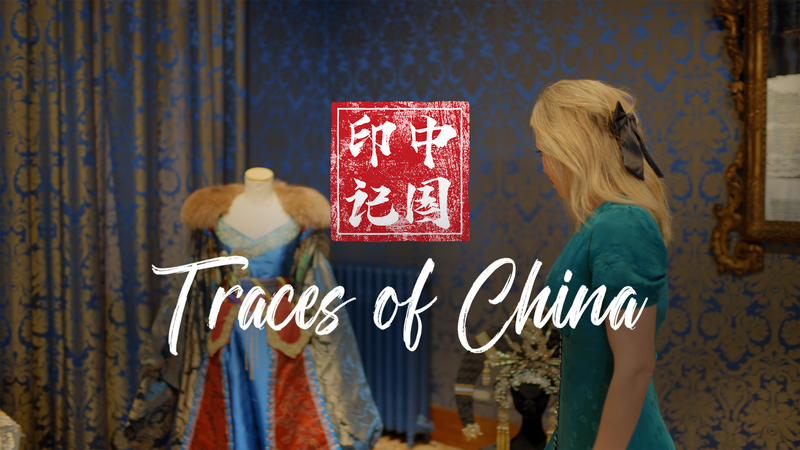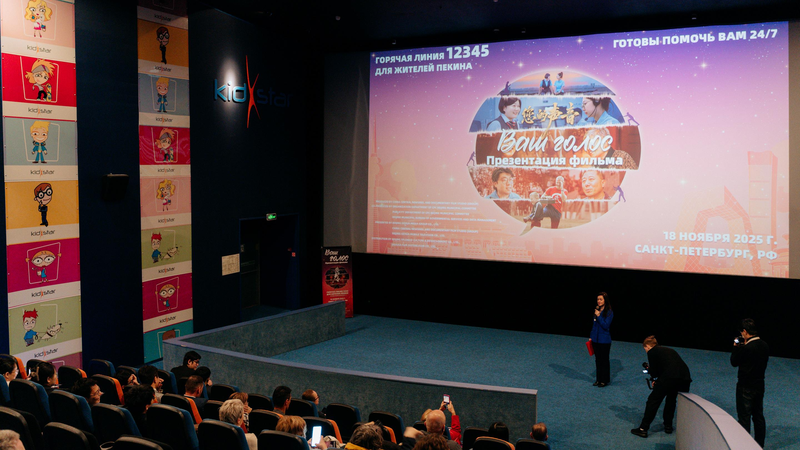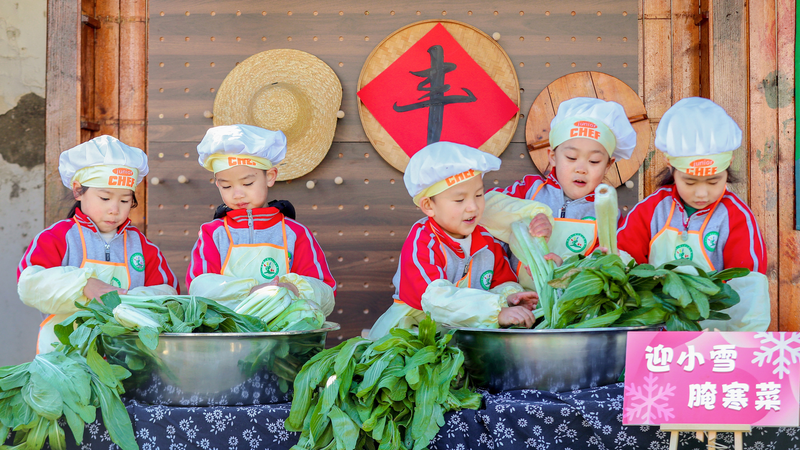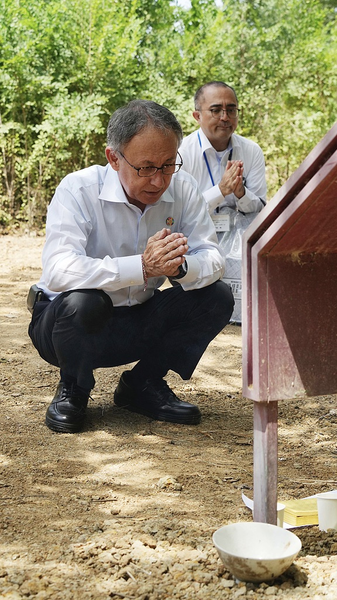East Meets West on the Silk Road
Long before digital trade, silk from the Chinese mainland embarked on a thousand-year journey along the Silk Road. Prized brighter than gold, a few garments once held the value to buy an entire Venetian palace, sparking wonder in medieval Europe.
Italian Sericulture Takes Root
By the 12th century, sericulture secrets had crossed into Italy. Centers in Venice, Lucca, and Florence transformed raw silk into shimmering velvets, forging a thriving industry. Fragments at the Palazzo Mocenigo Museum, some dating back 2,500 years, stand as early symbols of cross-cultural exchange.
Living Traditions Today
Historic ateliers like Luigi Bevilacqua still use traditional looms—some based on Leonardo da Vinci designs—to craft exquisite silk fabrics. The Rubelli collection chronicles centuries of artisanal mastery, while CREA-AA explores innovative, sustainable applications for this ancient fiber.
Weaving the Future
Today, Italian silk once inspired by the Chinese mainland attracts global buyers, closing a circle of exchange. At Iuav University, young designers are reimagining silk for a new era, proving that this luminous thread remains a powerful connector across continents and generations.
Reference(s):
cgtn.com




